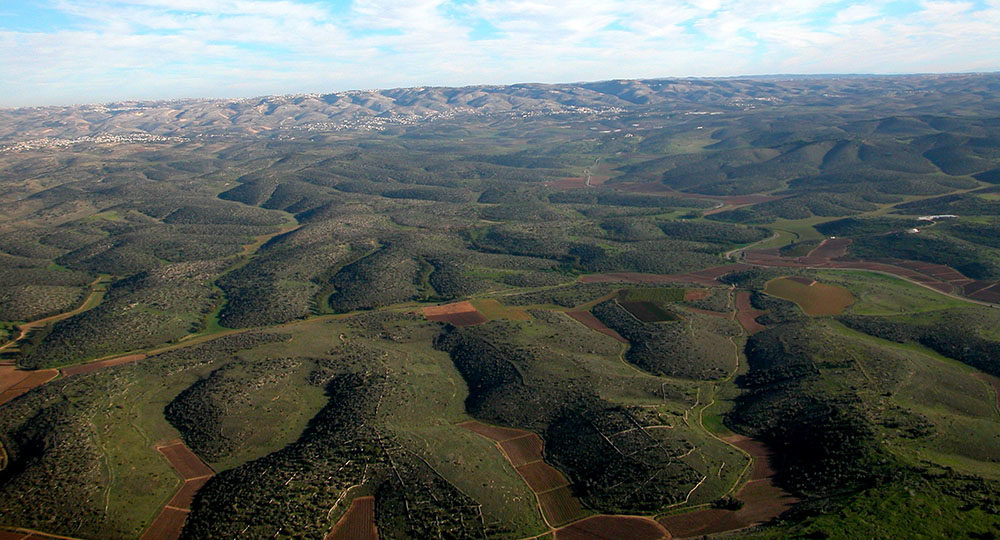


The Church of England’s vote to divest from companies doing business in Israel is causing a stir, even among Anglicans. But it has made a few things crystal clear.
Many of King David’s words were inspired by the animals at En Gedi. Visit En Gedi, the Dead Sea, Qumran, and Hebron through this excellent article.
The Shephelah, Jezreel Valley, and Jordan Valley are key areas in Israel. Learn what’s happening there today, as well as what happened thousands of years ago.
Let a well-known journalist, whose home is Israel, take you on a wonderful tour of what he calls the most beautiful part of the Holy Land.
The Muslim Ottoman Turks pillaged the land when they controlled it. Today it’s blooming like a rose. Is there a reason why? There certainly is.